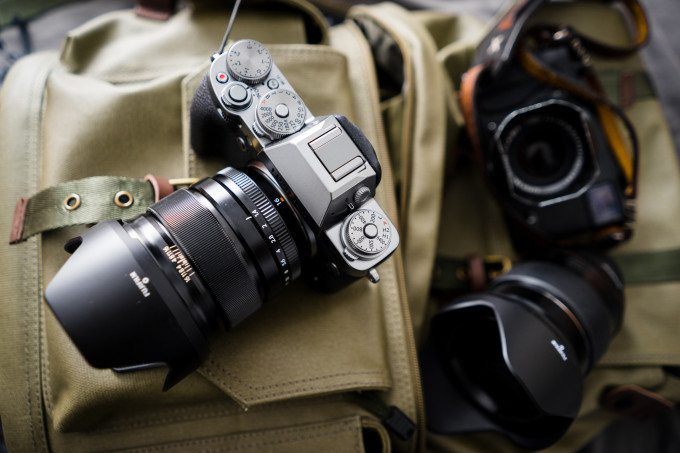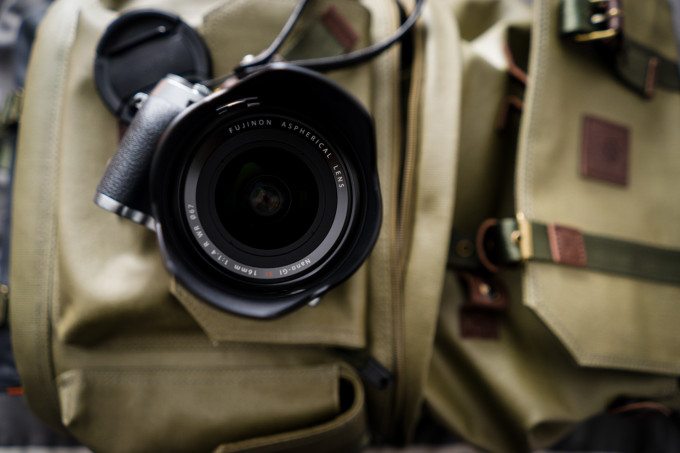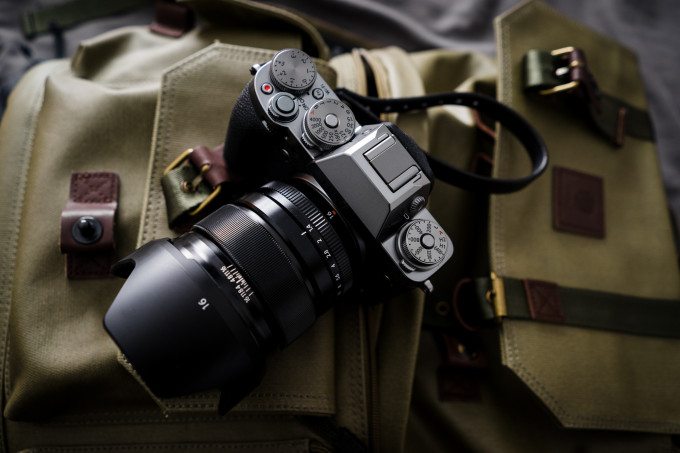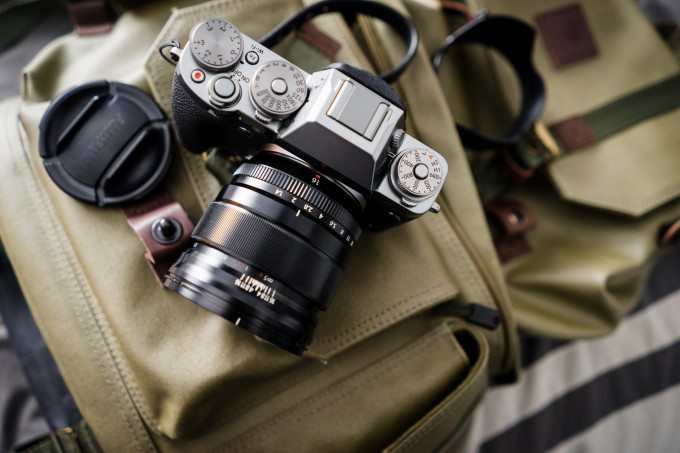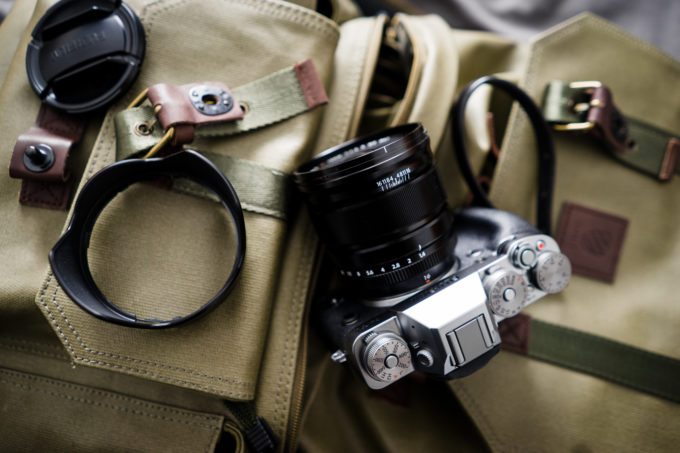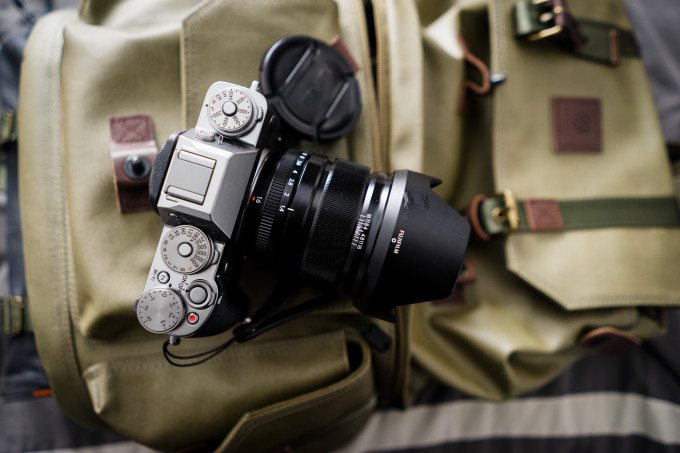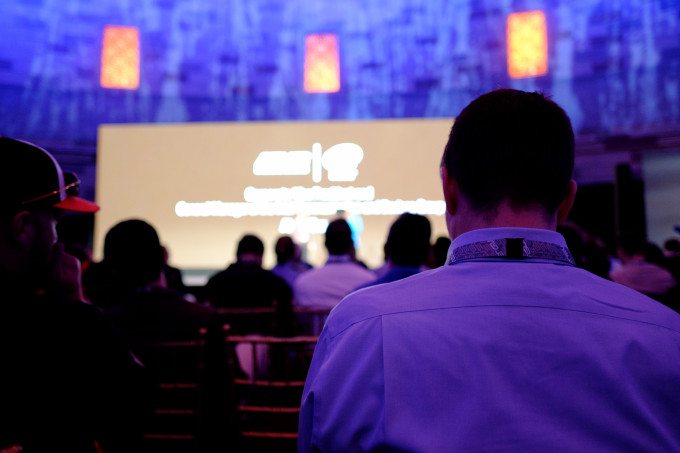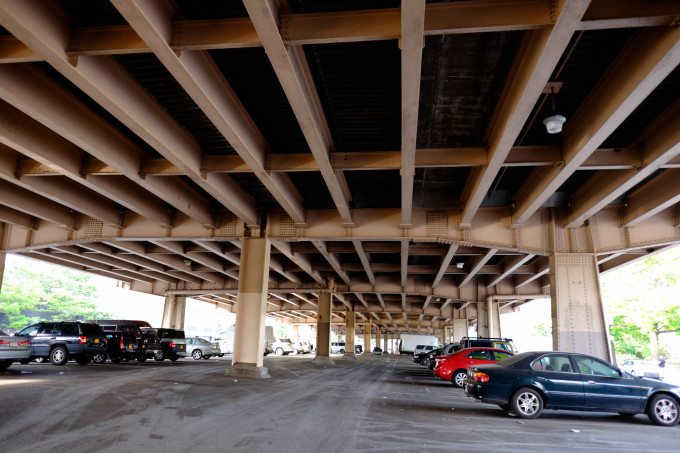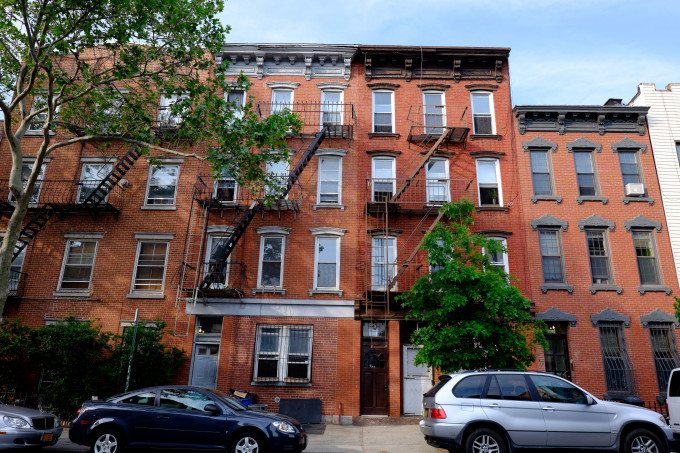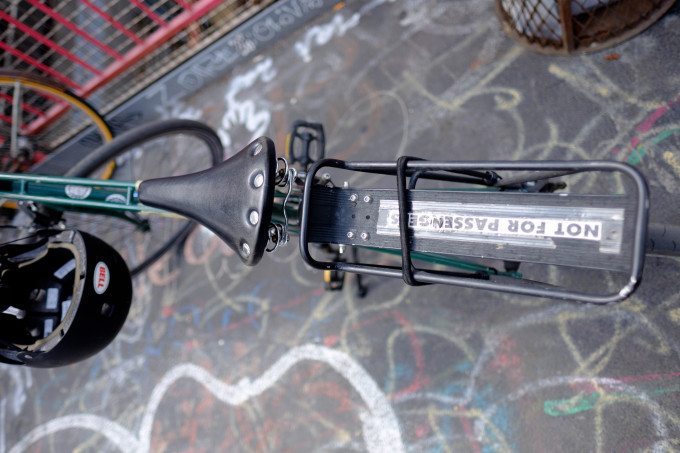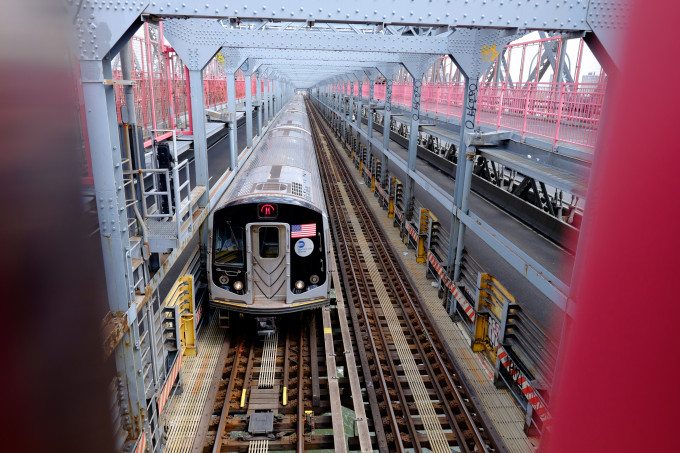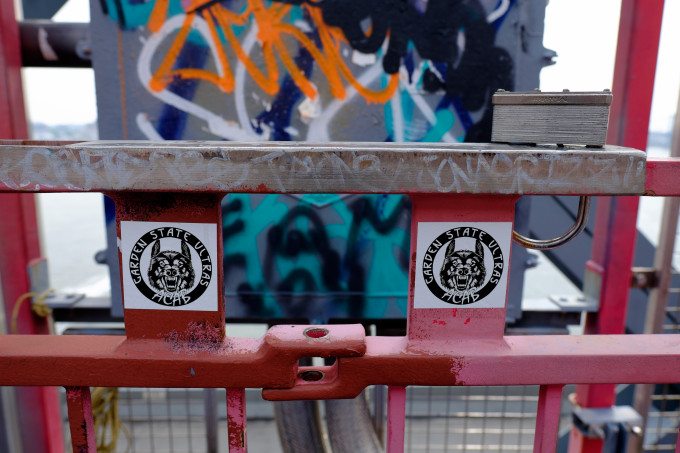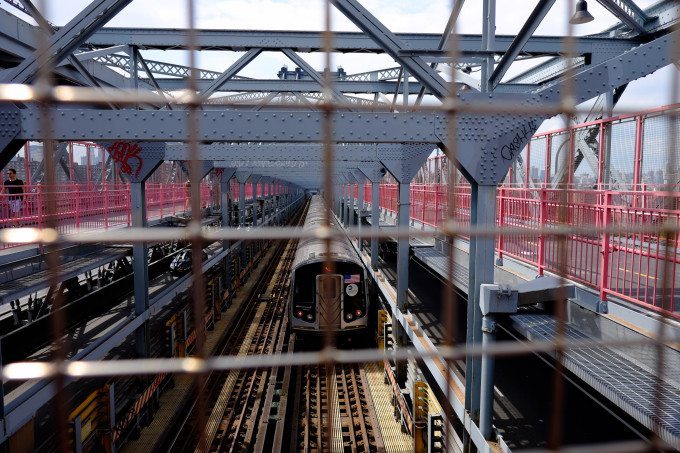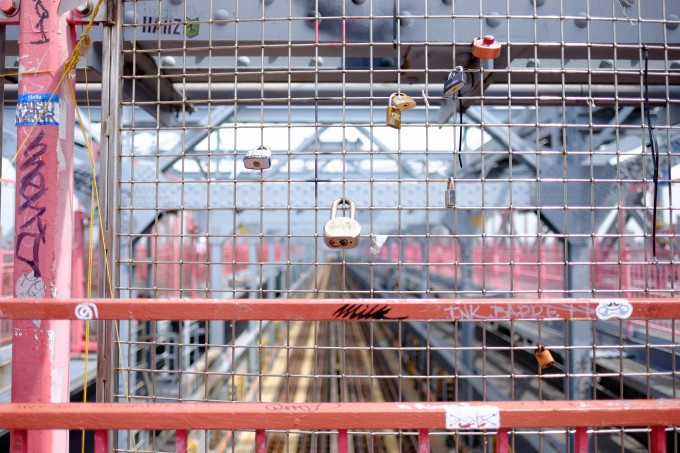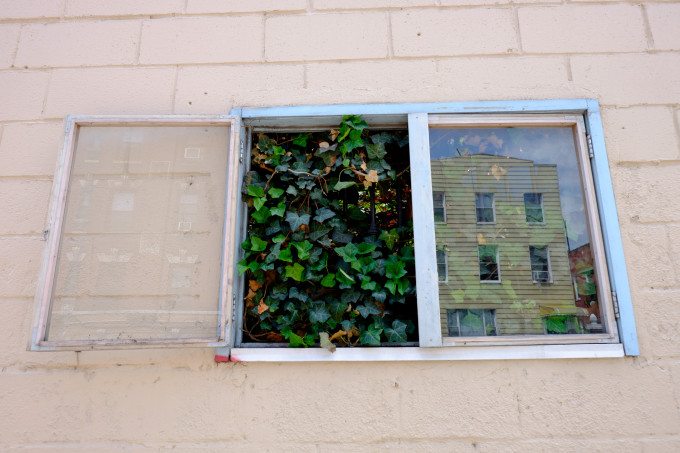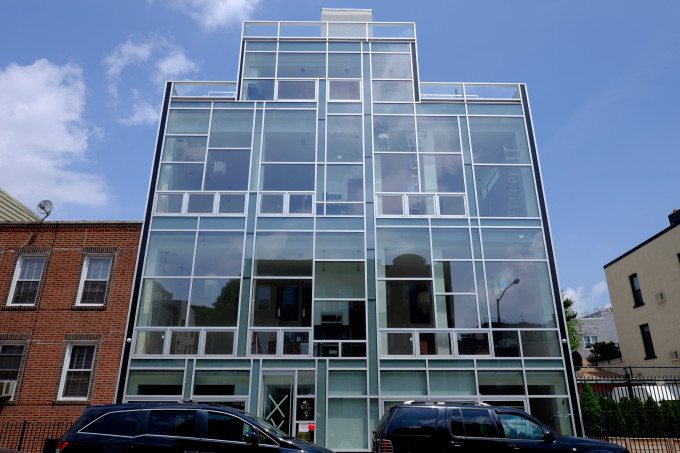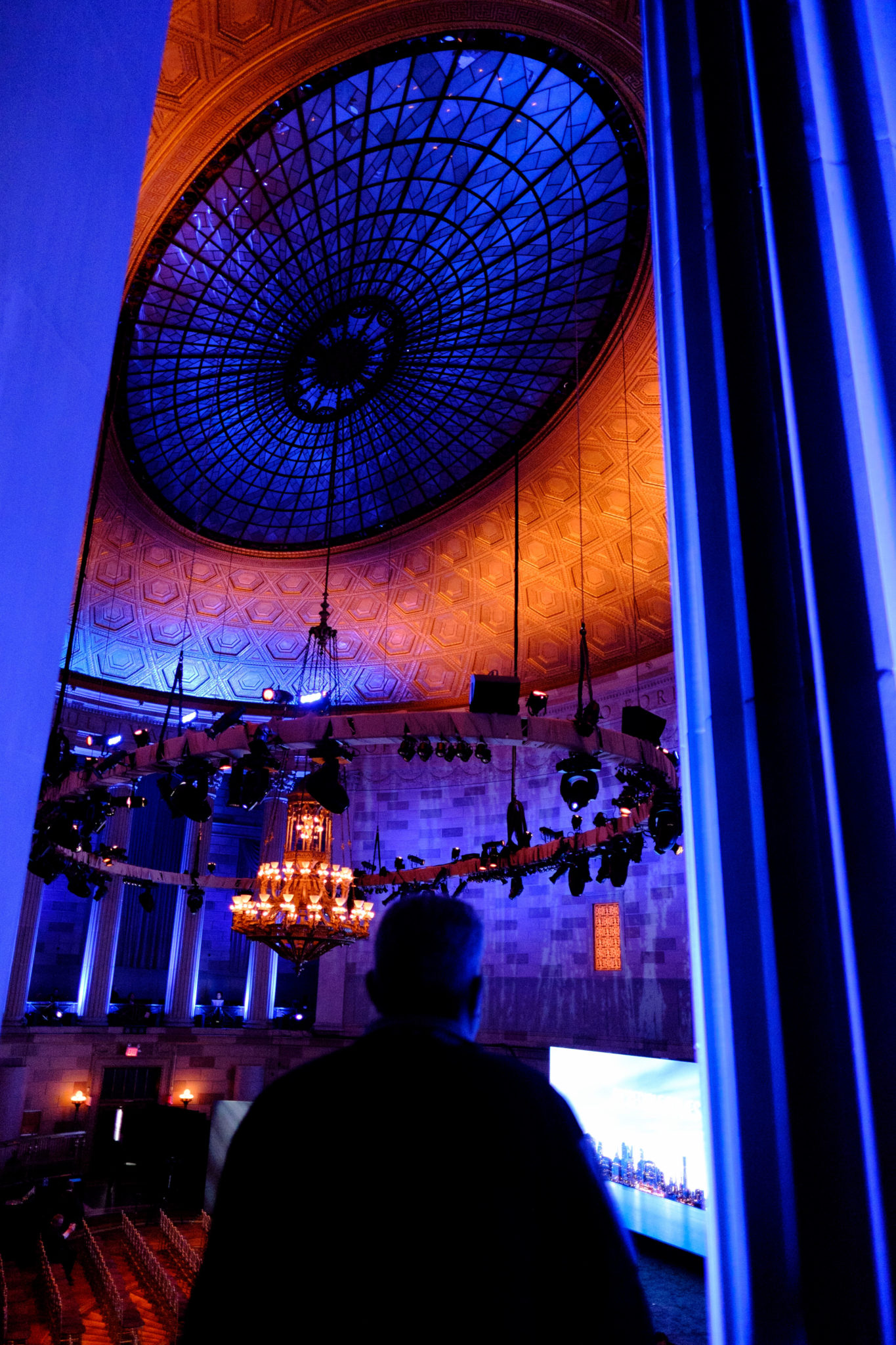Two years ago in a meeting with Fujifilm, I asked the Marketing Director for Fujifilm USA if anything like 24mm focal length at f1.4 would be coming our way. She very clearly stated “No.” Lo and behold though, Fujifilm announced the 16mm f1.4 lens earlier on and we foundnd it at our doorsteps. This is the company’s first weather sealed prime lens and with the 1.5x crop factor comes out to 24mm f2.1 when translating it into full frame depth of field and equivalency.
Like their other wide angle primes, Fujifilm gave this lens a snap back manual focus ring to make it more appealing to street photographers and candid shooters. We’ve had the chance to play with the new lens for a few days now, and so far it’s shaping up to be one of our favorites.
Tech Specs
Specs taken from the B&H Photo listing
| Features | |
|---|---|
| Autofocus | Yes |
| Physical | |
|---|---|
| Filter Thread | Front:67 mm |
| Dimensions (DxL) | Approx. 2.89 x 2.87″ (73.4 x 73 mm) |
| Weight | 13.23 oz (375 g) |
| Packaging Info | |
|---|---|
| Package Weight | 1.65 lb |
| Box Dimensions (LxWxH) | 7.0 x 6.1 x 5.4″ |
Ergonomics
The Fujifilm 16mm f1.4 follows the company’s formula of retro aesthetics with a modern touch; and nowhere is that more present than with this lens. Our ergonomic tour starts with the lens’s front–which is an area for a 67mm filter if you choose to use one.
The body of the lens is characterized by two major rings: aperture and focusing. The aperture is adjustable in 1/3rd stops and can go to A mode for program or shutter priority.
For manual focusing, the lens has a focusing ring that snaps back and reveals a depth of field scale for zone focusing. It’s a wink and a nod to the old school lenses like this.
Build Quality
Considering that this is Fujifilm’s first weather sealed prime lens, you have to expect great build quality. Nothing about this lens seems cheap: from its metal body, metal focusing ring, the satisfying clicks of the aperture, and the smooth focusing–it’s all absolutely beautiful.
At the moment of publishing this piece, we haven’t taken it out in the rain yet, so we can’t have a fuller durability test until something like that happens.
Fujifilm, more so than any other autofocusing lens manufacturer, has the ergonomics game down perfectly with only Zeiss and Panasonic being close competition.
Ease of Use
For most folks, this lens will be a snap–pun totally intended. To manually focus the lens you can either turn the according switch on your Fujifilm camera body or snap the focusing ring back. For people who aren’t used to this, all you have to worry about is mounting it to the camera, focusing via the camera’s autofocus system, and enjoying your photos.
Most folks though also aren’t used to the aperture ring around the lens, but if you’re a veteran shooter then you won’t have an issue.
Autofocus
Focusing with the lens on the Fujifilm X-T1 is noticeably faster than with the Fujifilm X Pro 1–which says that the company has really taken a step forward in focusing. If we had to be precise, the X Pro 1 is around 1/4 of a second slower to focus–but we’re not sure how much that will matter on the streets when you can simply use the zone focusing system with this lens so easily.
In terms of how it stacks against Sony, Samsung, Panasonic and Olympus: it’s not beating Panasonic or Olympus but it’s just about on par with Sony considering that the edge is given to Samsung after the Four Thirds system. In fact, we found this lens to be a bit slow on the streets.
Image Quality
Here are image samples that we’ve taken so far.
First Impressions
From what we’ve done so with this lens, we’ve found it best used for architecture; though we’ve used it a bit on the streets and it seems to lag a bit. The image quality is exceptional though and there is little to nothing to complain about.
We’re going to have to do more testing with this lens until we can give our final verdict.


